Tablegrams from Nancy Best: Tips and tricks for your festive preparations
As we approach the end of November, most of us will be beginning to think about our Christmas shopping, baking our Christmas cakes and Christmas puddings and starting to stock up on all the festive treats that we enjoy over the Christmas period.
Having recently started some of my own festive preparations and with Christmas very much on my mind, I turned to our Food and Drink in History resource for a little bit of festive food inspiration.
Whilst browsing through the resource, I came across a wonderful pamphlet from December 1933 titled Tablegrams from Nancy Best. These monthly ‘newspapers’ were published by the National Biscuit Company and include a short introduction written by Nancy Best, which is likely to have been a pseudonym with the same initials as the company.
They are packed with seasonal recipes, charming illustrations, humorous little anecdotes, poems and more, but it was Nancy’s tips and tricks for the festive period in this December edition that caught my attention.
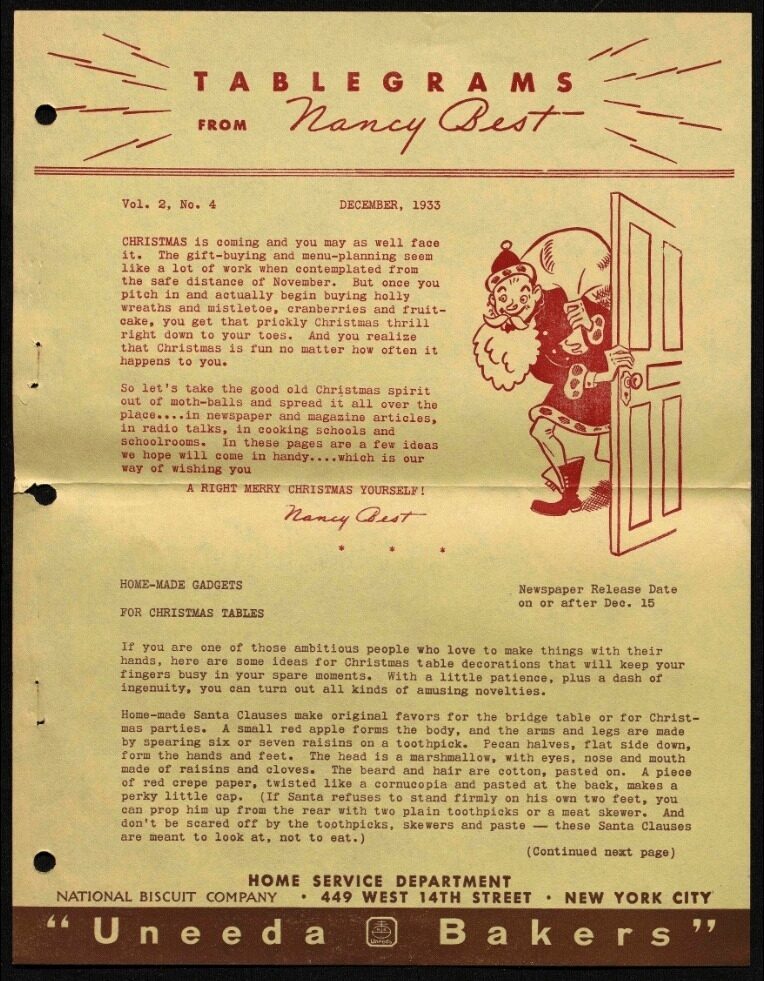
Tablegrams from Nancy Best (December 1933) Image © The New York Academy of Medicine. Further reproduction is prohibited without permission.
Christmas is coming and you may as well face it. The gift-buying and menu-planning seem like a lot of work when contemplated from the safe distance of November. But once you pitch in and actually begin buying holly wreaths and mistletoe, cranberries and fruit cake, you get that prickly Christmas thrill right down to your toes. And you realize that Christmas is fun no matter how often it happens to you.
These are certainly feelings that I can relate to and after reading this pamphlet I am already starting to experience that festive thrill and feel ready to get stuck into some more Christmas preparations.
Some of my favourite tips and tricks include instructions on how to make little Santa Clause table favours out of a red apple, raisins, cloves, pecan halves and a marshmallow in the article Home-Made Gadgets for Christmas Tables. I am not the most creative of people but this looks simple enough and Nancy assures her readers that "with a little patience, plus a dash of ingenuity, you can turn out all kinds of amusing novelties", so there is hope for me yet!
There are several delicious-sounding recipes for Christmas candy and Christmas puddings in an article titled Christmas Pudding Once Forbidden, but my favourite article in the pamphlet has to be What to serve after too much Christmas. The article gives advice on what to cook for your family after the festive celebrations are coming to an end and everyone is feeling the effects of their overindulgence.
This is a feeling that I think we can all relate to and it is depicted perfectly in the accompanying illustration! Nancy Best recommends "something light, hot and appetizing." Whilst I’m not so sure about the Oyster Shortcake, the Ginger Waffles sound delicious!
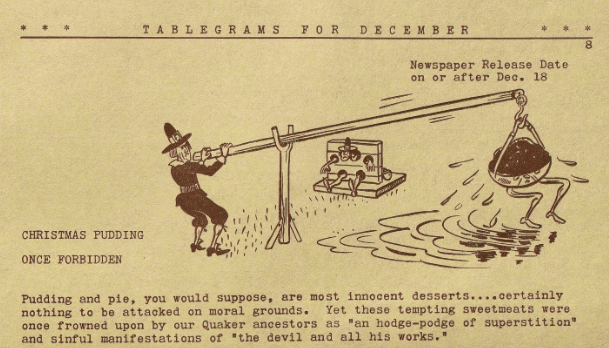
Image © The New York Academy of Medicine. Further reproduction is prohibited without permission.
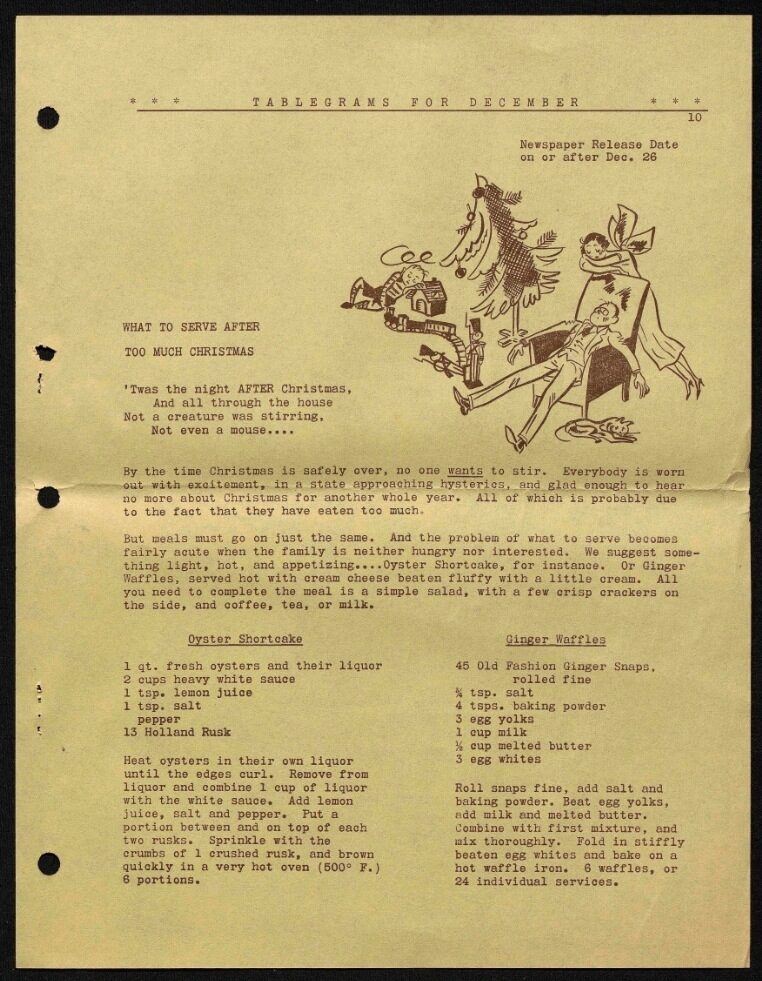
Image © The New York Academy of Medicine. Further reproduction is prohibited without permission.
About the collection
Food and Drink in History is out now.
Recent posts
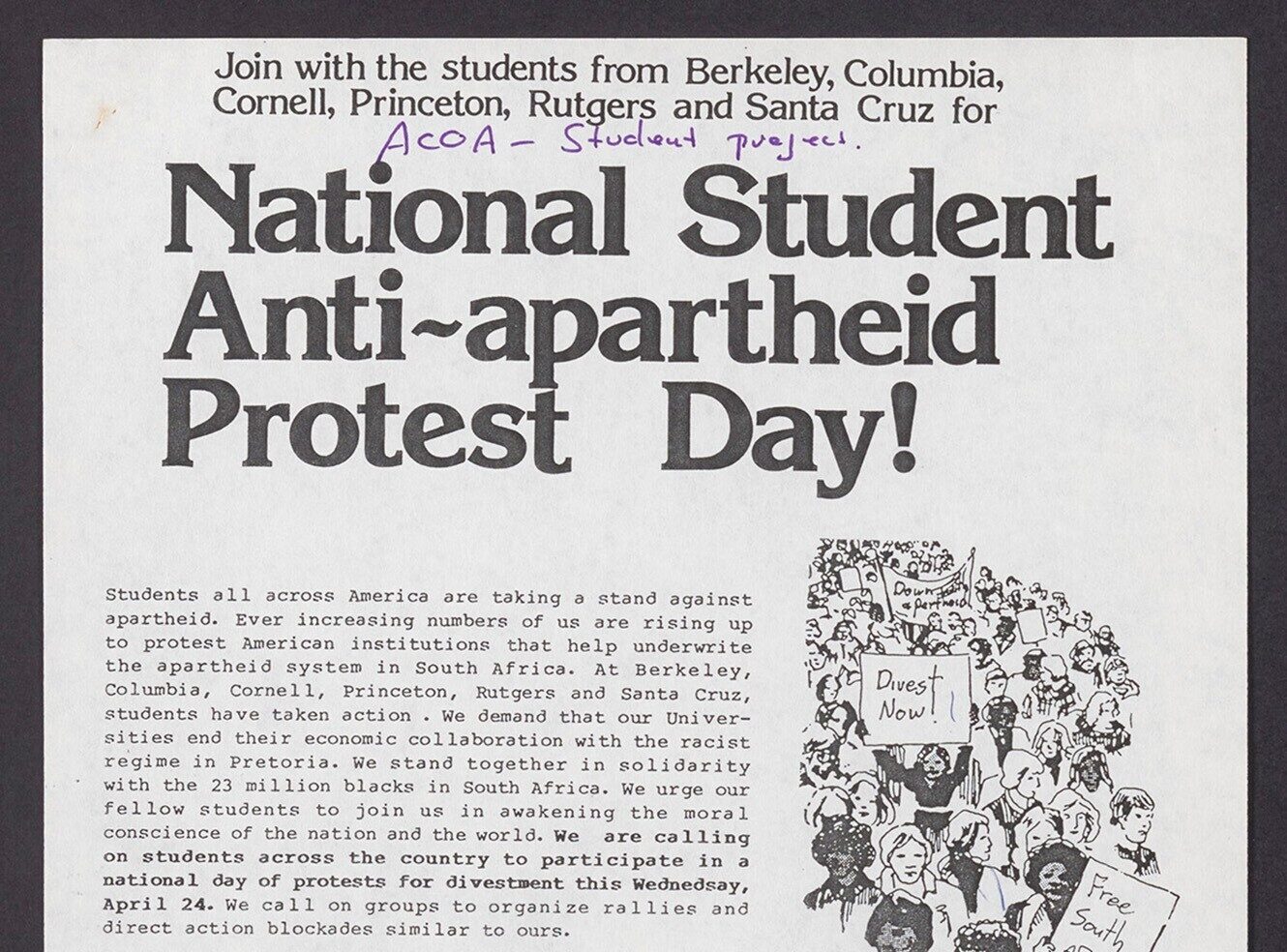
The blog highlights American Committee on Africa, module II's rich documentation of anti-apartheid activism, focusing on the National Peace Accord, global solidarity, and student-led divestment campaigns. It explores the pivotal role of universities, protests, and public education in pressuring institutions to divest from apartheid, shaping global attitudes toward social justice and reform.
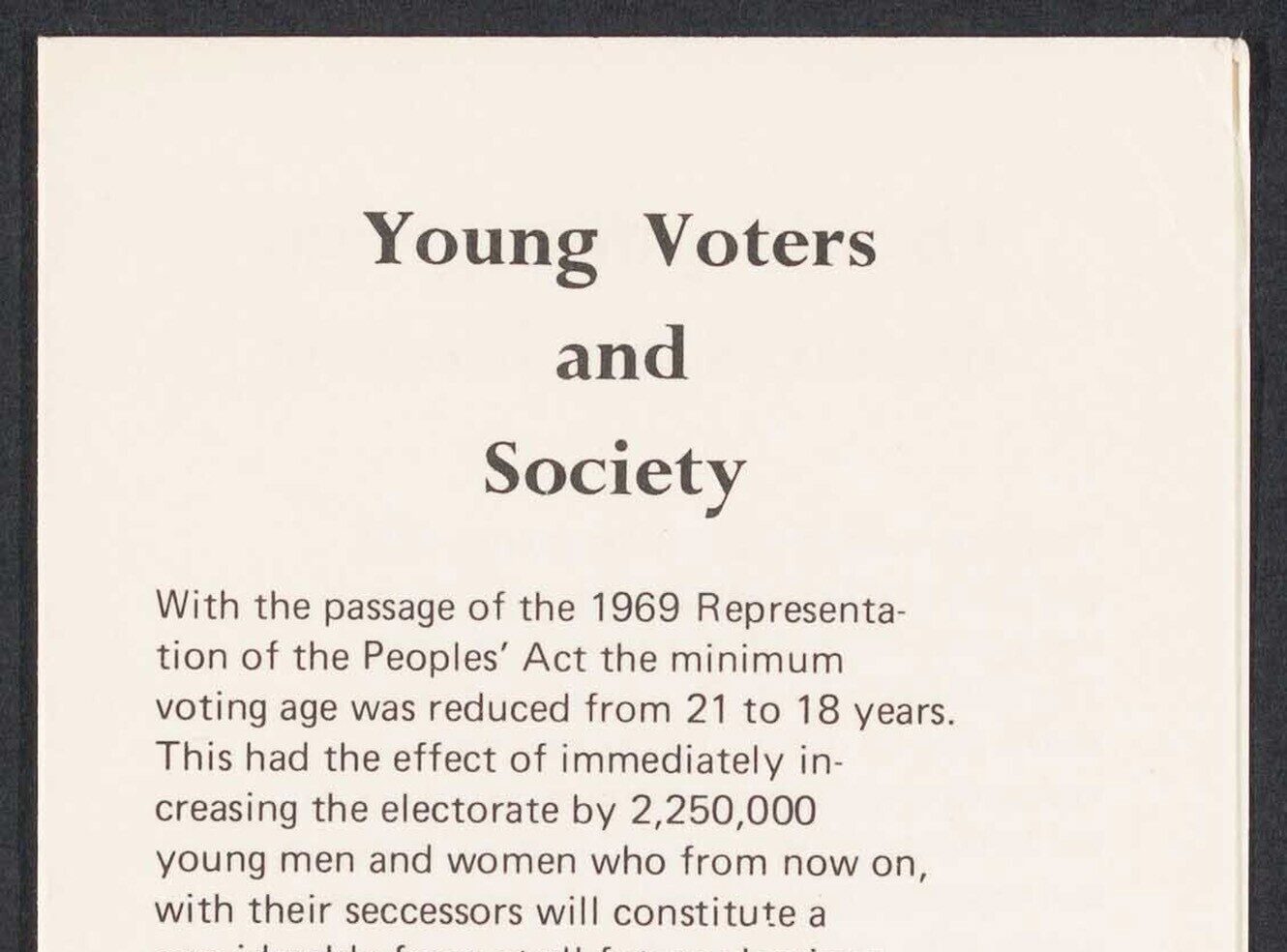
This blog examines how primary sources can be used to trace the impact of young voices on society, particularly during pivotal voting reforms in the UK and the US. Explore materials that reveal insights into youth activism, intergenerational gaps, and societal perceptions, highlighting their interdisciplinary value for studying youth culture, activism, and girlhood across history.
